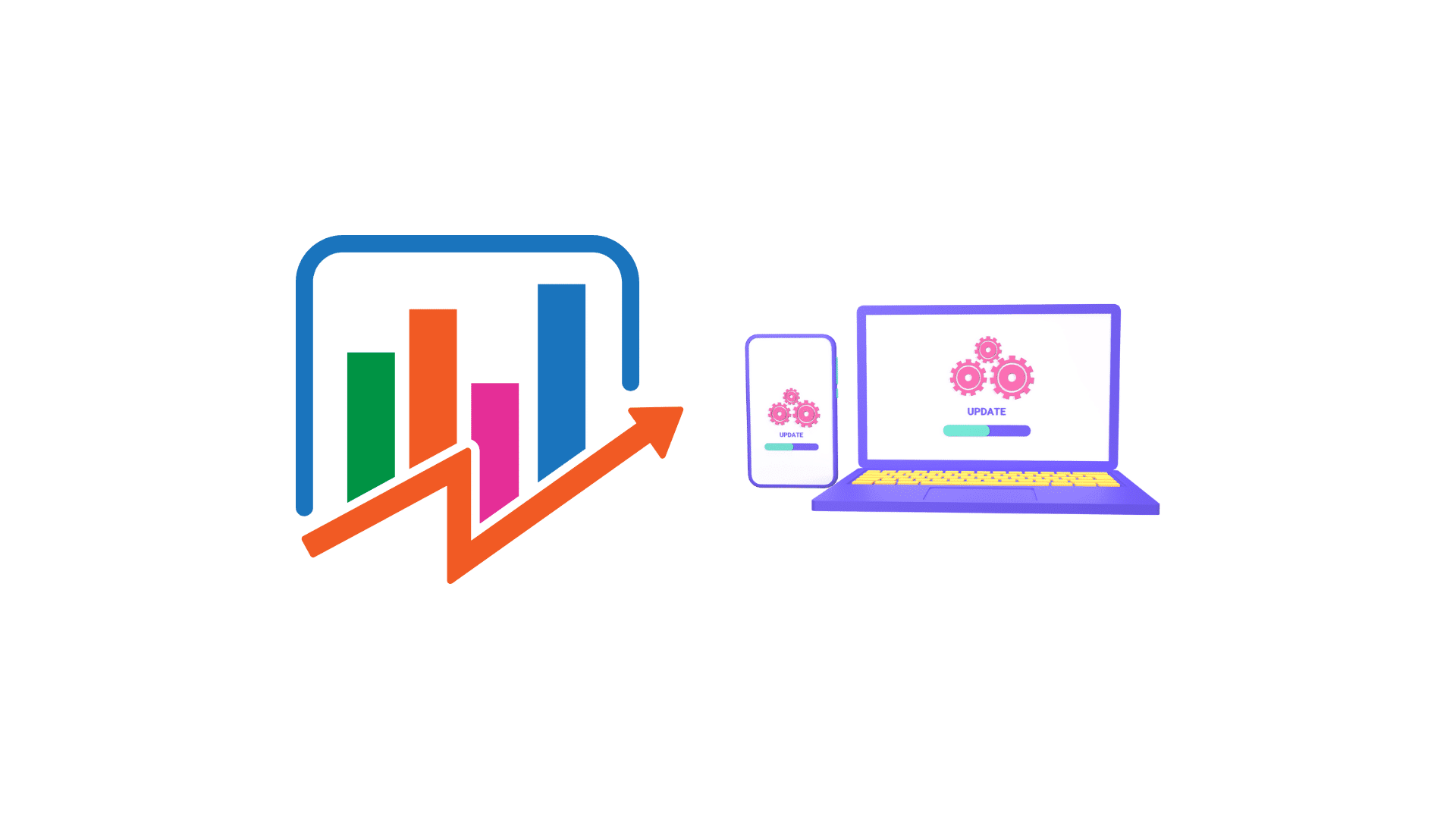QA testing tools are software applications designed to help software development teams to automate and streamline the testing process, increasing efficiency and effectiveness while improving the quality of the software.
In this blog post, we will explore the ways in which QA testing tools enhance software quality and the benefits they provide to software development teams.
- Automation of repetitive tasks: QA testing tools automate repetitive tasks, such as running tests, generating reports, and tracking bugs. This automation saves time and lowers the possibility of human error, assuring precise and consistent testing. Automation also allows for the testing of a larger number of scenarios than would be possible with manual testing, increasing the thoroughness of the testing process.
- Improved test coverage: They can help improve test coverage, which is the percentage of the software that is tested. By automating the testing process, such tools can test more features and functionality, which can lead to more comprehensive testing and better overall software quality.
- Consistency and repeatability: QA testing tools ensure consistency and repeatability in the testing process. Manual testing can be subject to human error, which can lead to inconsistencies in the testing process. QA testing tools eliminate this risk by automating the testing process, ensuring that tests are executed in the same way every time they are run.
- Faster feedback: They can provide faster comments about the software’s performance. Automated tests can be run much faster than manual tests, allowing for quick feedback on changes made to the software. By identifying problems early on in the development process, this input can lower the cost of addressing problems and raise the software’s overall quality.
- Integration with development processes: They can be integrated with development processes, allowing for continuous testing throughout the development process. This integration allows for testing to be performed at every stage of development, from code commits to deployment. Continuous testing ensures that issues are identified and addressed as soon as possible, improving the overall quality of the software.
- Improved collaboration: Tools for QA testing can facilitate better communication between the development and testing teams. By providing a common platform for testing and bug tracking, such testing tools ensure that everyone is working from the same information, reducing the risk of miscommunication and ensuring that issues are addressed efficiently.
- Better reporting: Testing tools provide better reporting on the quality of the software. Automated testing generates detailed reports on the results of tests, making it easier to identify issues and track progress. The overall quality of the programme can be improved by using these reports to spot trends and potential improvement areas.
- Support for multiple platforms and devices: Tools for QA testing can support testing across multiple platforms and devices, including desktops, laptops, mobile phones, and tablets. With the help of this functionality, programmers may test their applications on a variety of hardware to make sure they perform properly across all platforms.
- Improved test accuracy: Test accuracy can be increased with the aid of QA testing tools. Manual testing can be prone to errors, but automated testing ensures that tests are run consistently and accurately. This precision can aid developers in finding and resolving problems more rapidly, lowering the chance of defects and raising the general caliber of the software.
- Improved scalability: The scalability of the testing process can be enhanced with the aid of QA testing tools. As software development teams grow and projects become more complex, manual testing can become time-consuming and inefficient. Such testing tools, however, can scale easily to accommodate larger projects and teams, ensuring that the testing process remains efficient and effective.
- Cost savings: QA testing tools can help save costs associated with software development. Automated testing eliminates the need for manual testing, which may be expensive and time-consuming. Moreover, early problem detection and resolution through automated testing can lower the cost of bug fixes later in the development cycle.
- Compliance with industry standards: Using QA testing tools to ensure industry compliance can assist assure adherence to rules and standards. Many industries have specific requirements for software development and testing, and QA testing tools can help ensure that software meets these requirements. By providing automated testing and detailed reporting, QA testing tools can help demonstrate compliance and ensure that software meets the necessary standards.
- Improved user experience: Tools for QA testing can help make software more user-friendly. Early issue detection and resolution allows developers to make sure the product is user-friendly and intuitive. Additionally, automated testing can help identify performance issues and ensure that the software performs well under different scenarios.
- Improved customer satisfaction: QA testing tools can help improve customer satisfaction by ensuring that software meets the needs and expectations of its users. Developers can guarantee that the software is of good quality and satisfies the needs of its users by seeing and correcting problems early in the development process. More customer satisfaction and greater customer loyalty may result from this improved quality.
- Enhanced security: Software security can be increased with the aid of enhanced security QA testing technologies. Automated testing can help identify security vulnerabilities and ensure that software meets industry security standards. Also, developers can lower the risk of security breaches and safeguard sensitive data by spotting and resolving security concerns early in the development process.
Conclusion
In conclusion, QA testing tools are essential for assuring the caliber of software. They offer many benefits, including automation of repetitive tasks, improved test coverage, consistency and repeatability, faster feedback, integration with development processes, improved collaboration, better reporting, support for multiple platforms and devices, improved test accuracy, improved scalability, cost savings, compliance with industry standards, improved user experience, improved customer satisfaction, and enhanced security. By incorporating QA testing tools into their development processes, software development teams can improve the quality and reliability of their software, ensuring that it meets the needs and expectations of its users.


























